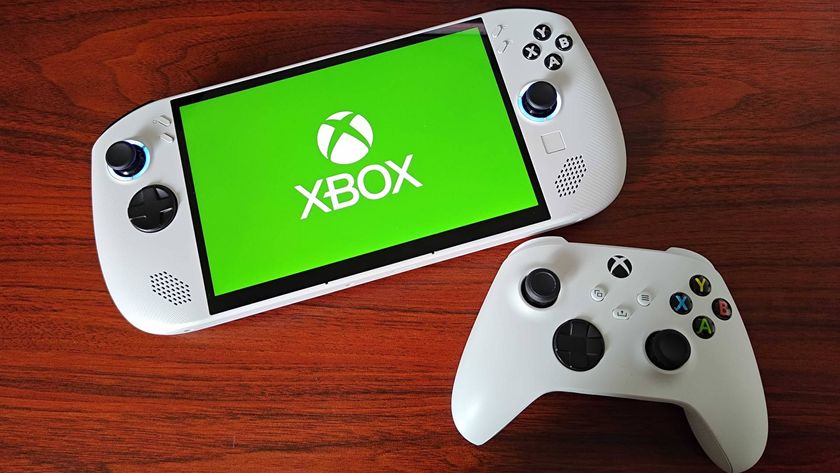Top 7... Moments Nintendo was (almost) ahead of its time

It doesn't hurt to try
While it's easy to hop on the bandwagon and poke fun at Nintendo's Wii U-related missteps, have you considered the possibility that the machine is just a few years ahead of its time? History is full of examples of the gaming giant trying something a bit different, only to see mass-adoption of essentially the same idea come to fruition a few years later, usually making loads of money for someone else. How annoying must that be?
Sometimes the world wasn't ready to accept these trailblazing ideas in the first instance, while other times the technology simply wasn't there to support them, even if the ideas themselves were sound. So come, squeeze your Power Gloved fingers twice quickly (or just click the arrow on the screen) and discover how Nintendo almost had you playing with the future.
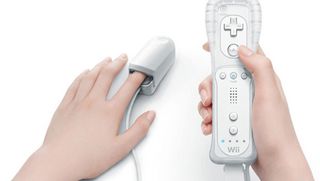
7. The Vitality Sensor preceded emotion-reading controllers
At E3 2009, Nintendo revealed the Vitality Sensor, an accessory for the Wii that would measure a players vital signs through their finger. People at the press conference (and indeed all around the world) openly laughed at the announcement, failing to see any practical use for the product. Nintendo eventually cancelled it after allegedly failing to get it functioning properly. Definitely not because it was the most ridiculous thing in the history of all things.
The idea of monitoring someone's physiological response to gaming, however, has not died with the Vitality Sensor. In fact, it might be the future of gaming. Kinect 2.0, which comes with--sorry, 'optionally comes with'--Xbox One, has heart-monitoring technology, which means the Kinect can not only see you, it can see inside of you. Allegedly. Also, engineers at Stanford University are looking into game controllers than can gauge the player's emotions during gameplay. And as recently as last month, a Kickstarter attempted to fund a survival horror game that uses gamers' heart rates against them. It is an avenue of gaming with potential, but it just needs a killer app to convince everyone. Maybe if developers had found a good way to use the Vitality Sensor in a Mario game, we'd all be wearing them at this very moment. As it is, the Vitality Sensor idea sadly flat-lined.
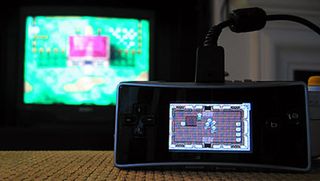
6. The GameCube/GBA connection preceded second-screen gameplay
Back in the Gamecube days, Nintendo came up with the novel idea to connect the Game Boy Advance to the 'Cube via a cable and allow for some double-screen action. It started with the original Animal Crossing, which allows you to travel to a tiny island full of coconuts when the GBA is connected. Then games like Zelda: Four Swords Adventure and Final Fantasy: Crystal Chronicles made it an integral feature for multiplayer, with up to four friends controlling characters via handhelds. At the time it was fun but costly, because you needed to own multiple GBAs and connection cables (not to mention the Gamecube too) to make it all work. It's a lot to ask for, even for a Zelda game.
However, have you recently played a game that had some kind of tablet-based add-on? Did you use Xbox SmartGlass to help you through Dead Rising 3 or Forza 5? Ever watch a TV show that asks you to "sync your Smart device?" Now that tablets are revolutionizing the computer world, the second screen experience is beginning to be accepted by the mass market, no goofy console-to-portable wires necessary. Hmm, maybe Nintendo can capitalize on this by releasing its own tablet controller and oh wait...
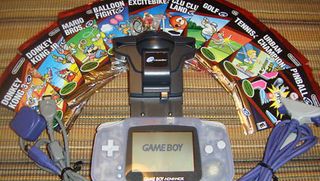
5. The eReader predated Near-Field Communication (NFC) and experimented with DLC
When console-based DLC and online gaming as we know it today arrived with Sega's Dreamcast in 1998 and 2000 respectively, Nintendo did little to pursue online gaming in the immediate years that followed. Gamecube did see the release of an optional broadband adapter that allowed you to play Mario Kart Double Dash online, but its adoption rate was pretty much 0% and it was never marketed as a must-have add-on for the machine. Instead, the publisher made DLC you could hold via the Game Boy Advance eReader and its accompanying eCards.
Swipe a card into the device and enjoy all of the content on that card for as long as the system is on. But just like some DLC, the eCard content was arbitrary stuff like items and power-ups, and people clearly didnt want to keep a pile of cards next to their GBA at all times, so the idea was barely adopted by Nintendo. But the idea of using physical objects to unlock in-game content lives on in the shape of Near-Field Communication, as famously demonstrated by the massively successful Skylanders series. If only Nintendo's cards had taken the form of popular, collectible figurines, the story could have been completely different.
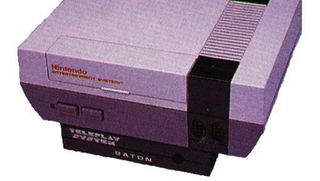
4. The NES/SNES modems preceded online gaming
Imagine, back in the day, that you could have played Super Mario Bros 2-player mode online, with anyone in the world, via a small device that attached to the bottom of the NES. Or, hell, imagine playing The Legend of Zelda as an MMORPG. Those both happened, in a typically Nintendo way. The publisher tried the concept with a few different modems, most notably the NES' Teleplay Modem, but there was one big problem: the technology wasn't nearly fast enough to transfer the data the NES required to make it work smoothly. The Japan-only Satellaview for SNES handled the net a bit better, but it suffered from low sales and few games.
Nowadays you cant log onto GamesRadar without hearing about some online function in a video game, so I won't waste your time by listing all the games that use the internet today. So many modern franchises wouldn't even exist without the internet, and yet the House of Mario only now seems to be plumbing the depths of online content with releases like Mario Kart 8. NES was doing it in 1992, so what took so long?

3. The Virtual Boy preceded The Oculus Rift and Project Morpheus
Say the words Virtual Boy to any longtime Nintendo fan and watch what kind of reaction you get. The Virtual Boy is easily Nintendos biggest flop, with garish red graphics, a game library that is pitiful at best, and a price tag that was way too high to excuse its many faults. Plus there's the fact that the Virtual Boys wobbly stand prevents it from being anything like playable on the go. Its a massive black mark on Nintendos otherwise spotless handheld record.
It was attempting to bring expensive, experimental Virtual Reality experiences into the home, only it did so far, far too early. Even now, game companies are only beginning to do virtual reality 'right', because the technology has never been fast enough to truly convince. The Oculus Rift has taken the development scene by storm with its insane VR abilities, impressing enough for Facebook to spend billions on the tech. And Sony is joining in on the fun too with the proposed Project Morpheus add-on for PlayStation 4. So while Virtual Boy was to heavy to wear on your head, too basic to impress and didn't actually feature head tracking in any form, it nonetheless represented the future, a full two decades before Virtual Reality became an actual reality.
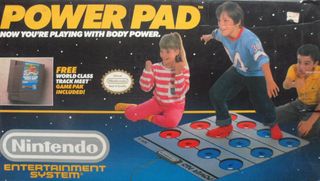
2. The Power Pad preceded DDR, as well as fitness games
Back in the NES days, Nintendo thought your living room floor needed some extra power. Enter the Power Pad, a red-and-blue polka dotted mat with touch sensors for your feet. It came bundled with World Class Track Meet, and the only real function was running in place as fast as you could in order to cross the digital finish line first. Needless to say, parents didnt like all the commotion and kids weren't all that into mixing exercise and gaming, so the Power Pad was a short-lived Power Fad.
Still, someone must have loved the idea, because other companies tried their hands at their own type of floor-based gameplay with much better results. Most successful was Konami, as the publisher used its floor peripherals to inject rhythm and dancing into the lives of Dance Dance Revolution players. Developers take note: the prospect of dancing will be far more successful in getting people up and moving than the fantasy of running a track meet.
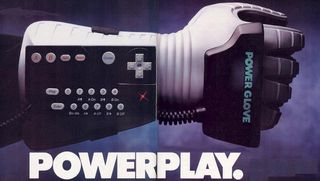
1. The Power Glove preceded motion controls
Anyone who watched the so-bad-it's-good film The Wizard knows about the Power Glove, which was actually made by Mattel (and only licensed by Nintendo), but it became so intrinsically associated with the NES, it is an iconic part of Nintendo's history. Of course, the reality of the wearable peripheral didnt measure up to how radical it looked in the film. Simply put, the motion controls barely work, the on-glove button arrangement is weird and you have to type in control codes before playing each and every game. The whole thing is just a mess. It's very telling that the SNES never saw a Super Power Glove.
However, Nintendo would eventually return to the the whole 'motion control' concept many years later, revisiting it in 2006 with the Wii, which (in case you've been living under an upended Power Pad for the last decade) sold approximately 70 gajillion systems around the world. When all of Nintendo's competitors jumped on the motion control bandwagon, what should have been a single console's unique feature instead spread throughout gaming like a virus, infecting every vital organ. The medication is only just starting to take effect after 8 years of arm waving. I blame the Power Glove. Way, way ahead of its grabby, waggly time.
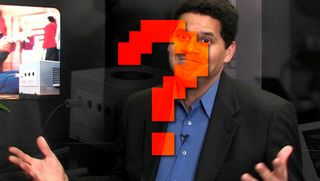
Ahead of the game
See? Even when it fails big time, many of the publisher's experiments can be more trendsetting than they first appear. Who knows, maybe the consoles of 2022 will all come packed with tablets. OK, maybe that's one too far...
For more, check out 8 smart solutions to boring video game tropes, or take a gander at games that seemingly encourage trolling.
12DOVE was first founded in 1999, and since then has been dedicated to delivering video game-related news, reviews, previews, features, and more. Since late 2014, the website has been the online home of Total Film, SFX, Edge, and PLAY magazines, with comics site Newsarama joining the fold in 2020. Our aim as the global GamesRadar Staff team is to take you closer to the games, movies, TV shows, and comics that you love. We want to upgrade your downtime, and help you make the most of your time, money, and skills. We always aim to entertain, inform, and inspire through our mix of content - which includes news, reviews, features, tips, buying guides, and videos.

It took Skyrim players nearly 15 years to discover ingenious loot hack that completely changes the game and, uh, requires you to desecrate a couple corpses

An AI's mission to 'teach' itself Pokemon Red is going as well as you think - after escaping Cerulean City after tens of hours, it went right on back


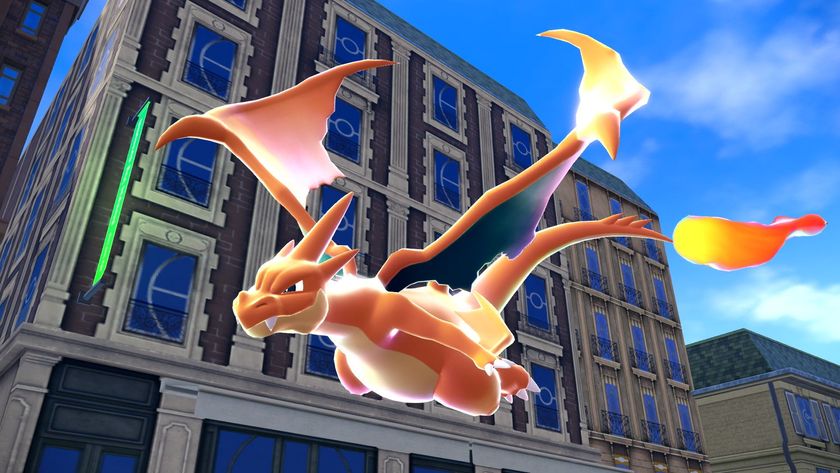

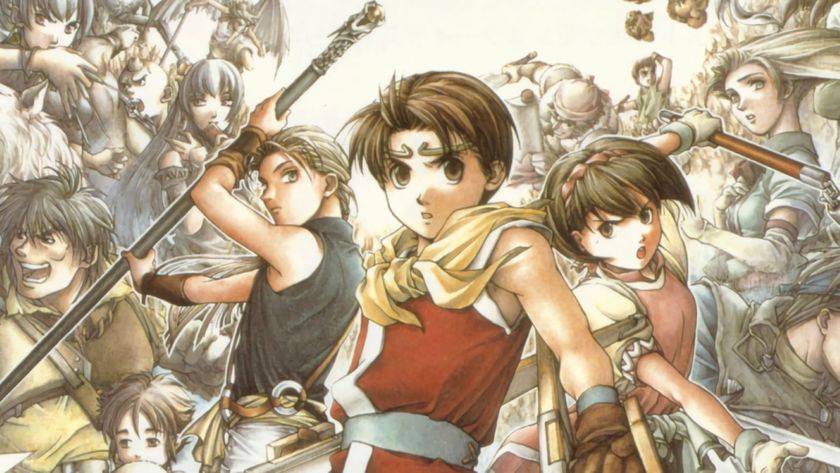
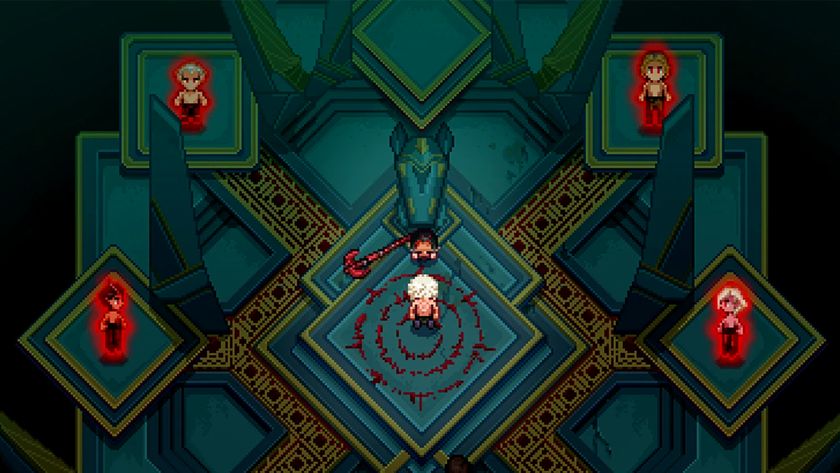







It took Skyrim players nearly 15 years to discover ingenious loot hack that completely changes the game and, uh, requires you to desecrate a couple corpses

An AI's mission to 'teach' itself Pokemon Red is going as well as you think - after escaping Cerulean City after tens of hours, it went right on back
